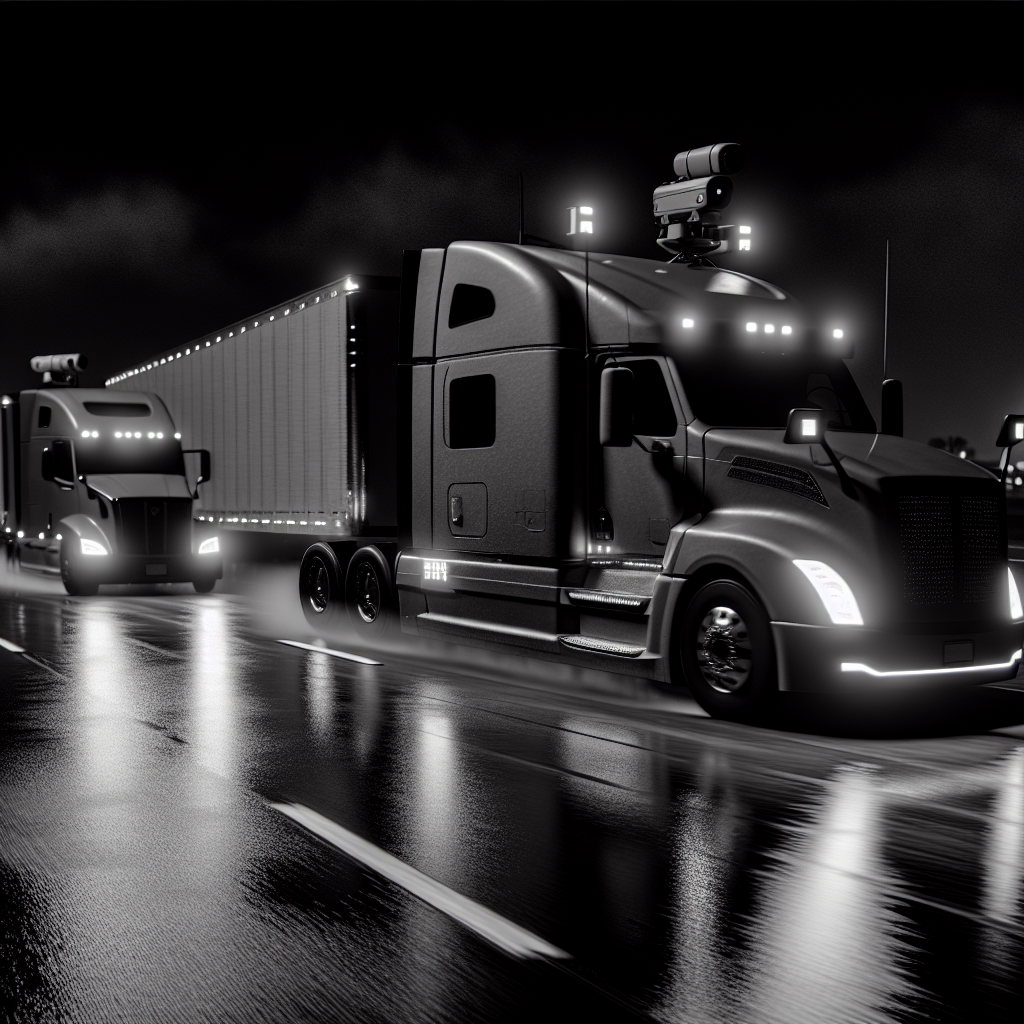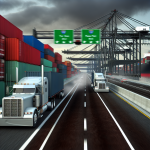PlusAI International’s latest move with Nvidia is more than a technology tie-up — it’s a signpost that factory-built, Level 4 autonomous trucks are edging from pilot programs toward real commercialization. As detailed in the FreightWaves report, PlusAI is deepening its reliance on Nvidia’s automotive compute to power its SuperDrive virtual driver and to support validation workflows that OEM partners and regulators will expect before any broad rollout. The near-term focus remains hub-to-hub freight in Texas and other freight corridors, but the longer-term prize is manufacturing-ready platforms that fleets can buy, deploy and maintain at scale.
The timing matters for carriers planning 2026–2028 capital cycles. Two developments this week underscore that the broader ecosystem — compute, components and manufacturing — is gearing up alongside PlusAI’s program. First, Nvidia and Deutsche Telekom unveiled a €1 billion “Industrial AI Cloud” in Munich that will pack more than 10,000 Blackwell GPUs. While aimed broadly at industrial AI, that kind of regional compute capacity directly benefits autonomous trucking developers and OEMs that need to train world models, run large-scale simulation, and process petabytes of fleet data. In practical terms for trucking, stronger AI infrastructure should cut iteration time on software updates and accelerate the route expansion cadence once driver-out operations begin.
Second, components for safety-critical redundancy — an essential requirement for any driverless truck — are moving from one-off engineering to production orders. Kodiak AI disclosed a purchase of 100 redundant steering systems from ZF for driverless trucks this week, a concrete marker that suppliers are setting up capacity and quality plans for series production. Even if you’re not buying Kodiak trucks, the takeaway for fleets and OEM partners is clear: key pieces of the driver-out stack (redundant steering, compute, power, and braking) are now being tooled and scheduled like mainstream parts, not R&D samples. That supply-chain maturity lowers program risk for everyone in the autonomous freight lane.
Why this matters to carriers: if PlusAI and its OEM partners keep hitting milestones, the factory-built model they’re pursuing should simplify adoption versus aftermarket retrofits. Buying autonomy pre-integrated at the plant typically means a cleaner validation trail, unified warranty paths, and serviceability through existing dealer networks — all items procurement and maintenance leaders scrutinize before committing to a new platform. The Nvidia-powered stack, meanwhile, aligns with what insurers and regulators increasingly want to see: a clear safety case supported by simulation, test-track maneuvers, and tightly managed over-the-air software updates.
What to watch next: evidence that fleet trials are expanding in lane count and duty cycles; supplier announcements on redundant braking and power systems (the next critical pieces after steering); and AI infrastructure partnerships that put more model training and validation capacity closer to where trucks run. If those pieces continue to fall into place, the 2027 commercial timelines that many industry players — PlusAI included — target will become less of a stretch goal and more of a procurement planning date.
Bottom line: PlusAI International’s deepening collaboration with Nvidia signals a maturing path from prototypes to production. With compute infrastructure scaling and Tier 1 suppliers booking production orders for redundant systems, the table is being set for driverless trucking to grow from a handful of lanes in Texas to a repeatable, OEM-led product that fleets can buy and operate at scale.
Sources: FreightWaves, TechCrunch, GlobeNewswire
This article was prepared exclusively for TruckStopInsider.com. Republishing is permitted only with proper credit and a link back to the original source.





